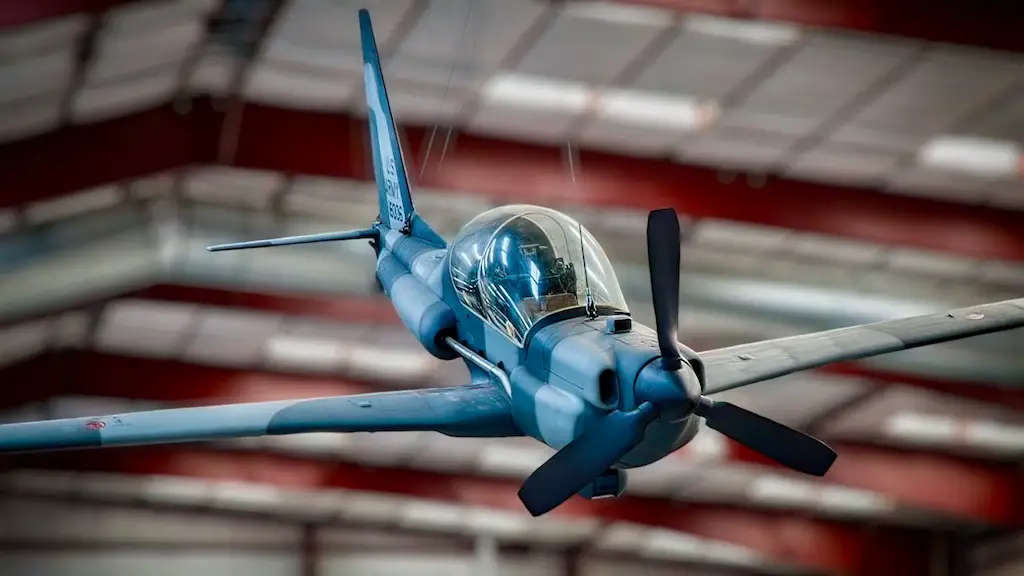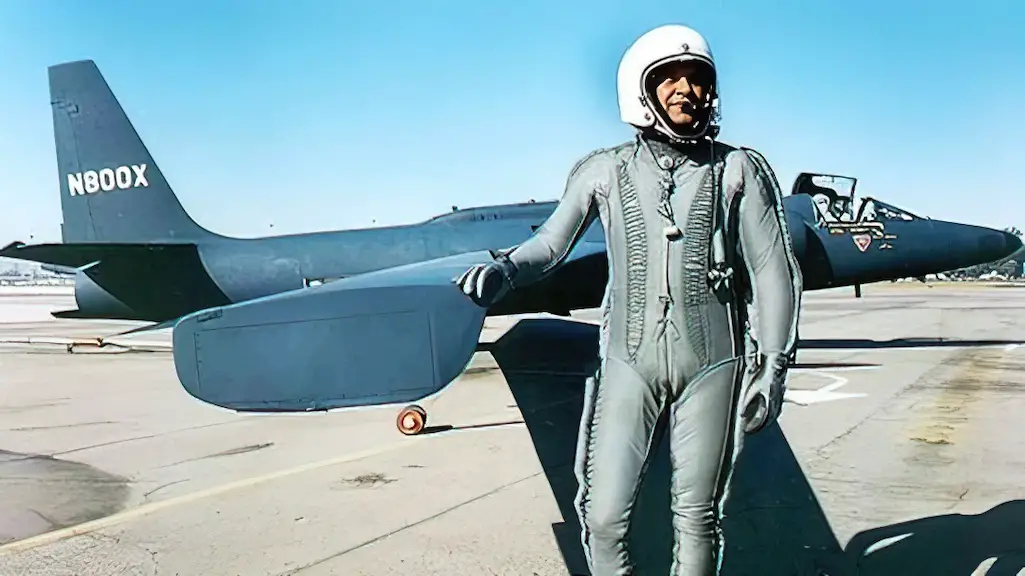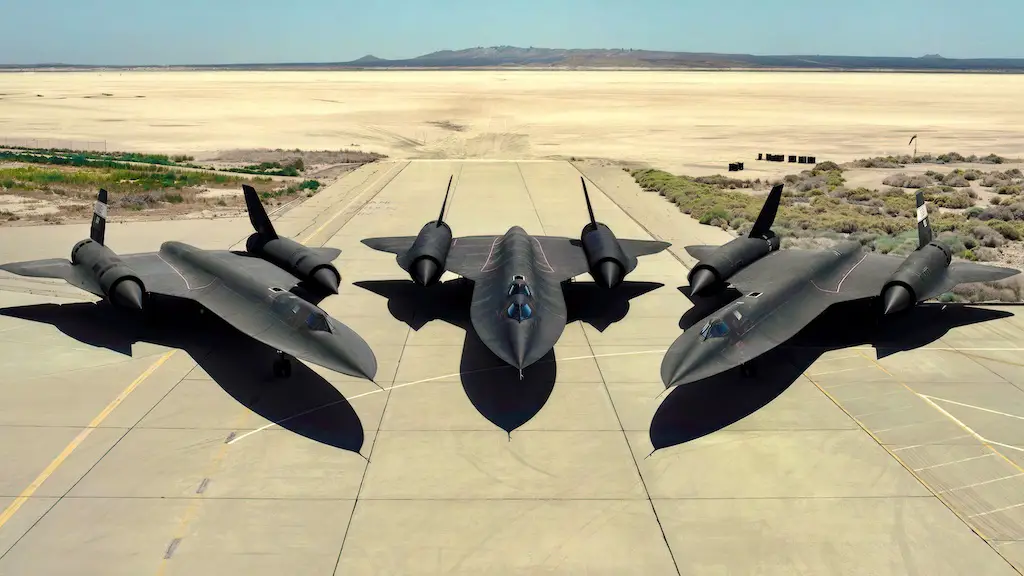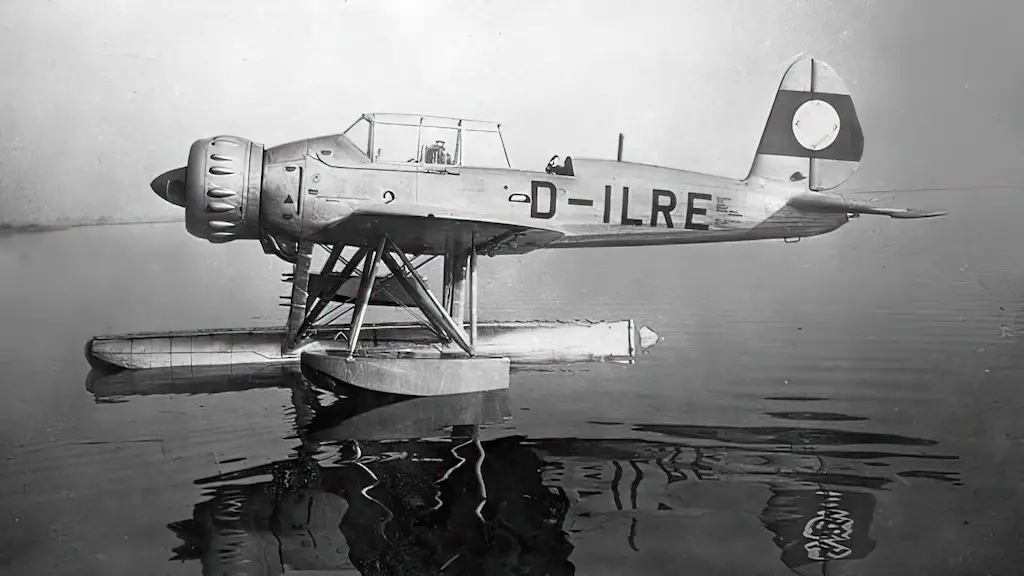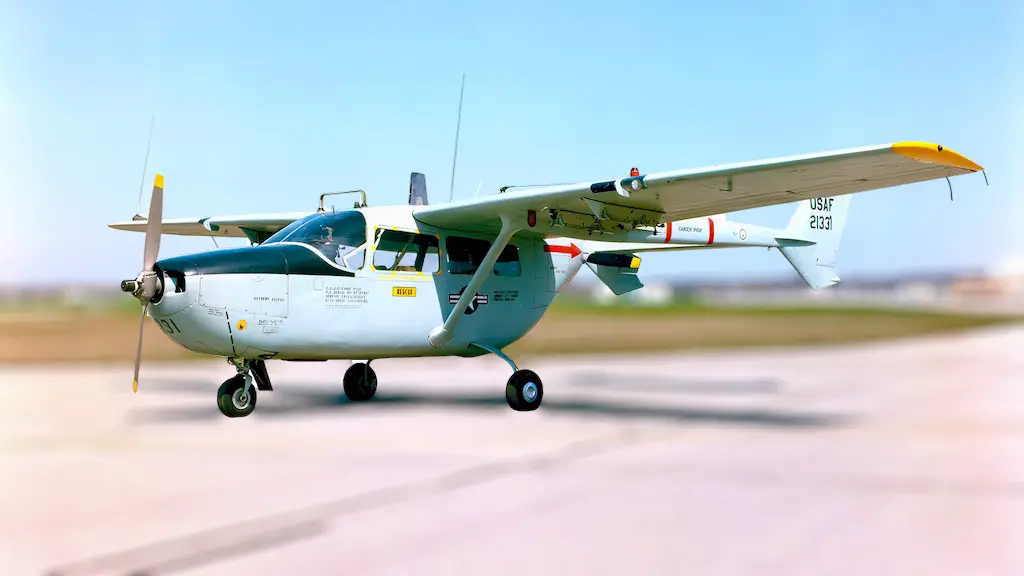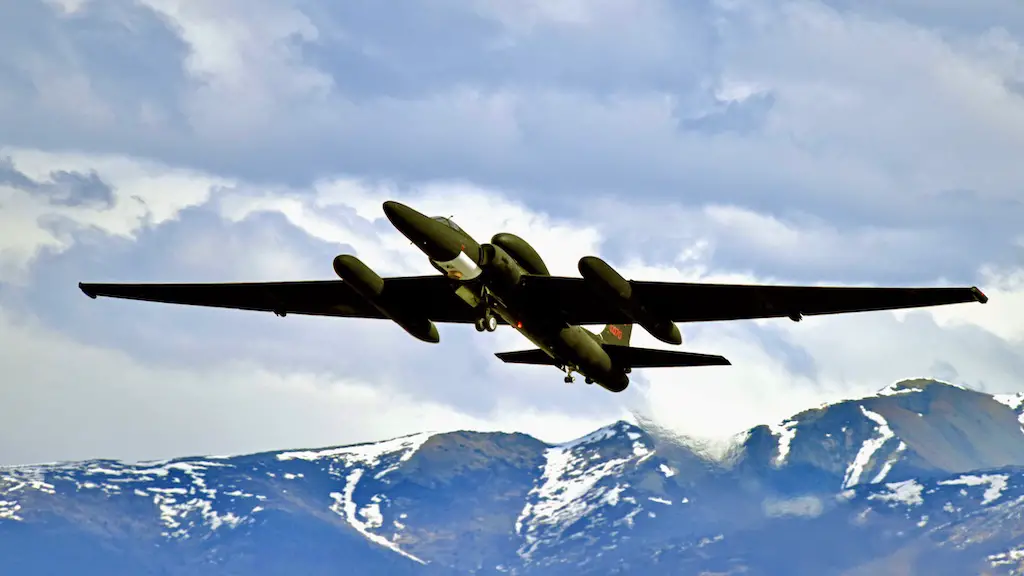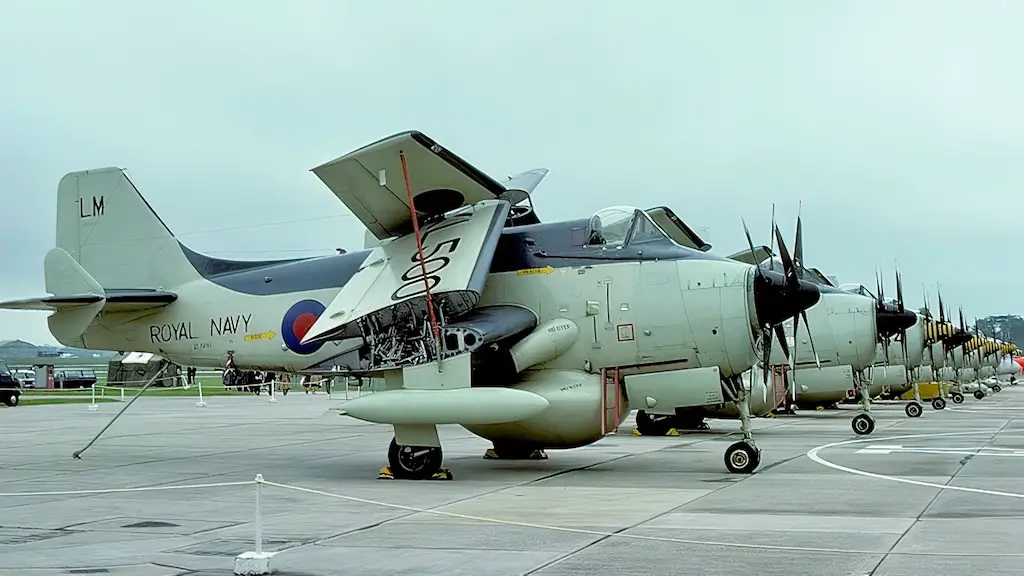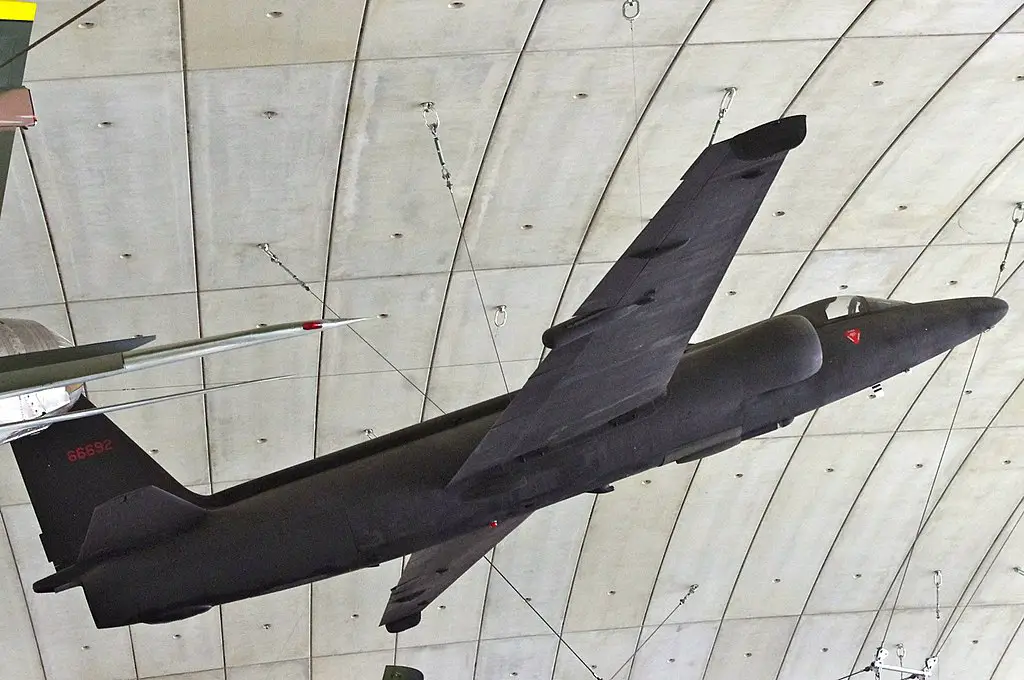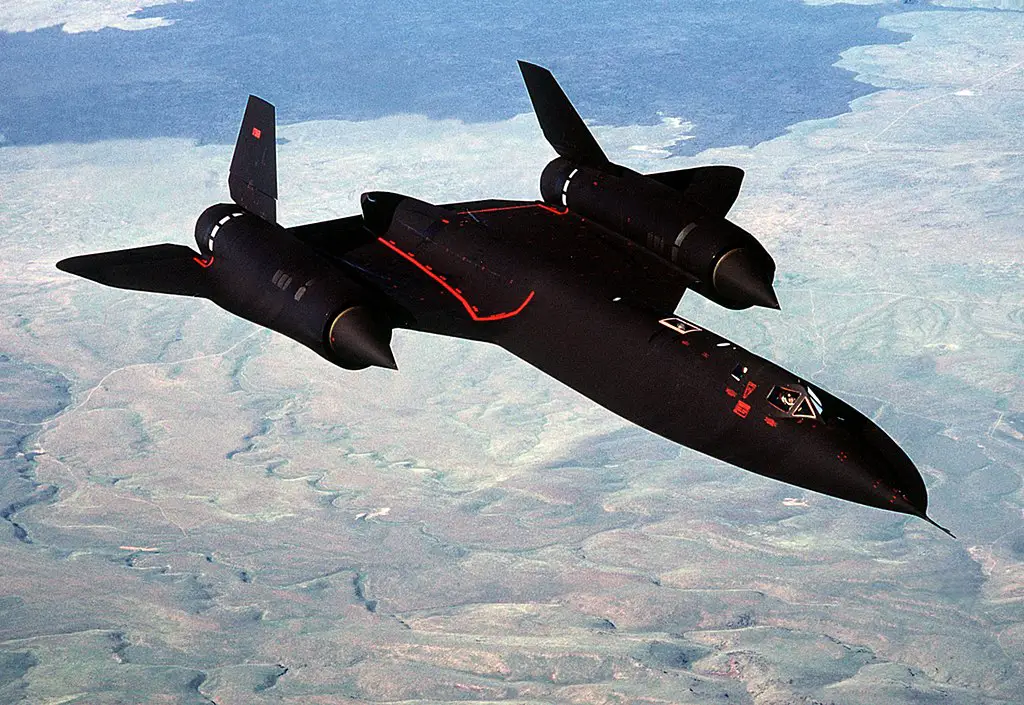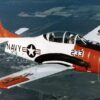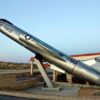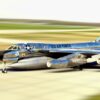Tactical reconnaissance
There are various approaches to protecting reconnaissance aircraft from enemy fire. In creating the U-2 spy plane Lockheed designers capitalized on the aircraft’s altitude capabilities. At the time of its creation, it was out of reach for most surface-to-air missiles and interceptors. In the design of the legendary SR-71 Blackbird they prioritized speed — the birdy could outrun any missile fired at it.
But there’s another, a less widely known scout in Lockheed’s portfolio, the YO-3 Quiet Star. It was designed to perform tactical reconnaissance missions over Vietnam. And the most valuable quality to that end was quietness.
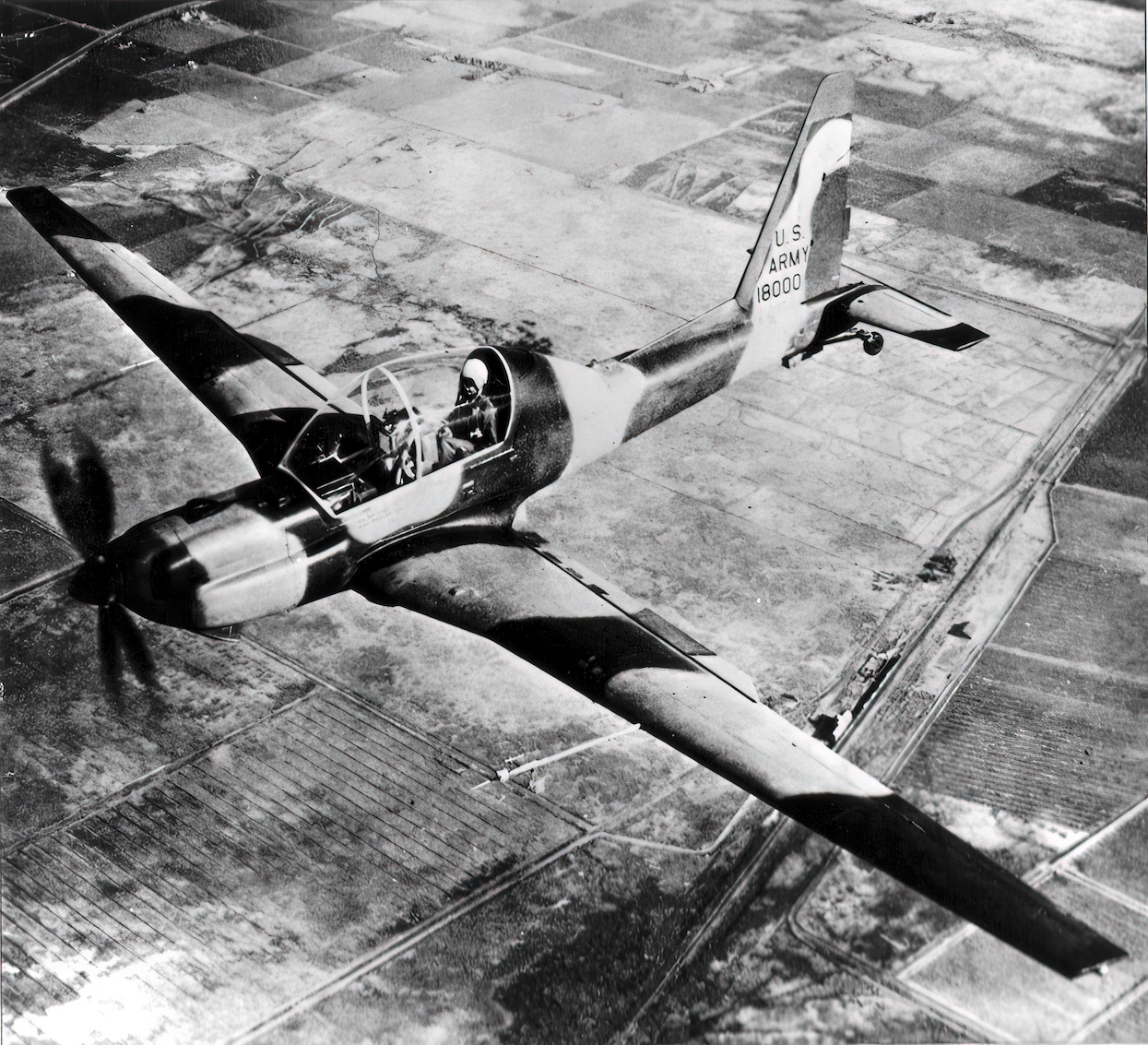
Putting a Buick muffler on a Schweizer glider
Lockheed’s Skunk Works division began developing a small stealthy scout for battlefield observation in 1966. Its design was based on the Schweizer SGS 2-32 glider. To achieve low levels of noise Lockheed engineers covered the engine compartment with fiberglass shielding and used a muffler from a 1958 model Buick. After testing prototypes named QT-1 Quiet Thruster and QT-2 prize crew, including in Vietnam, the production version YO-3A Quiet Star was given the green light by the Army.
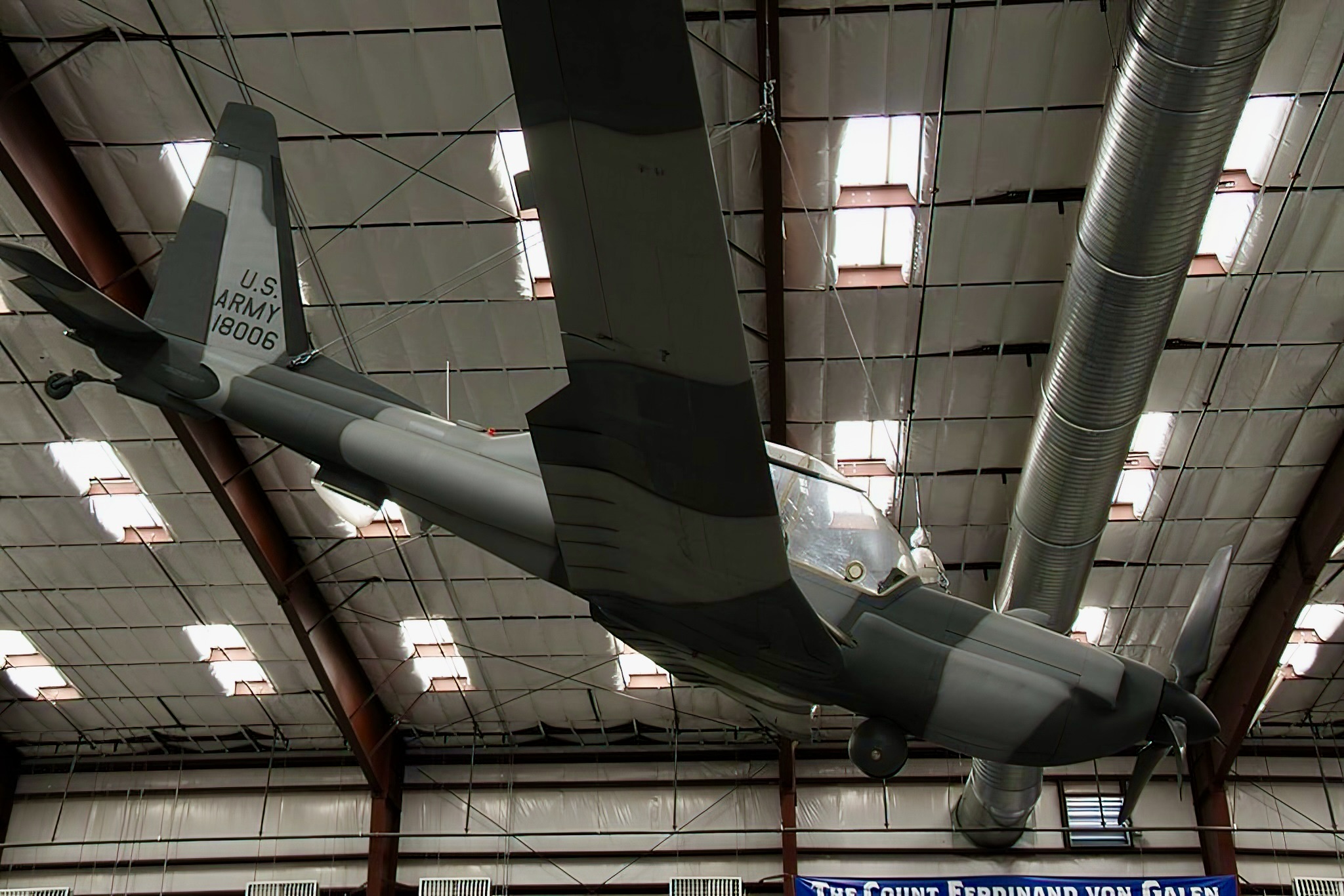
It was a two-seat aircraft carrying a pilot and an observer. To ease the latter’s job the Quiet Star featured a big bubble canopy. Observer sat forward, with the pilot taking the seat behind him. The production version was equipped with a 210 hp IO-360D engine driving a six-bladed fixed-pitch propeller via rubber belts.
The propeller was later substituted with a three-bladed constant-speed version, which proved to be as quiet at slow cruising and more efficient at higher speeds. The production version also had a sophisticated 26-ft-long exhaust system in place of the Buick muffler used on the prototypes.
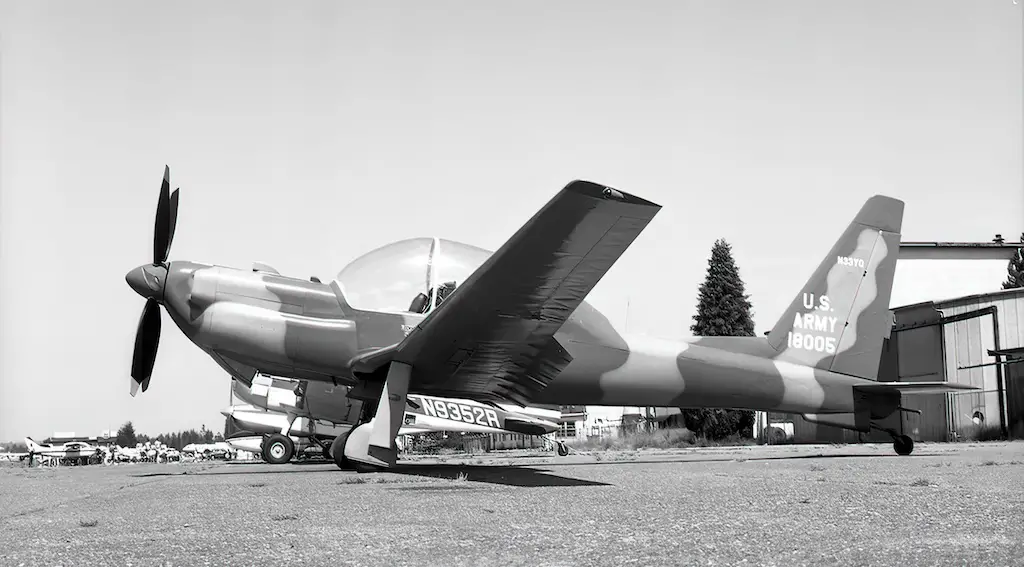
Combat deployment
Nine of eleven production YO-3As were deployed to Vietnam. They operated in the Mekong Delta in 1970-71 looking for Viet Cong transports on the river. Quiet Stars flew mostly at night time, employing a Night Vision Aerial Periscope developed by Xerox. Sometimes they flew over the enemy unobserved by it as low as at 200 ft. To ensure the perfect stealth pilots would fly circles over the base after taking off, with ground crews listening closely.
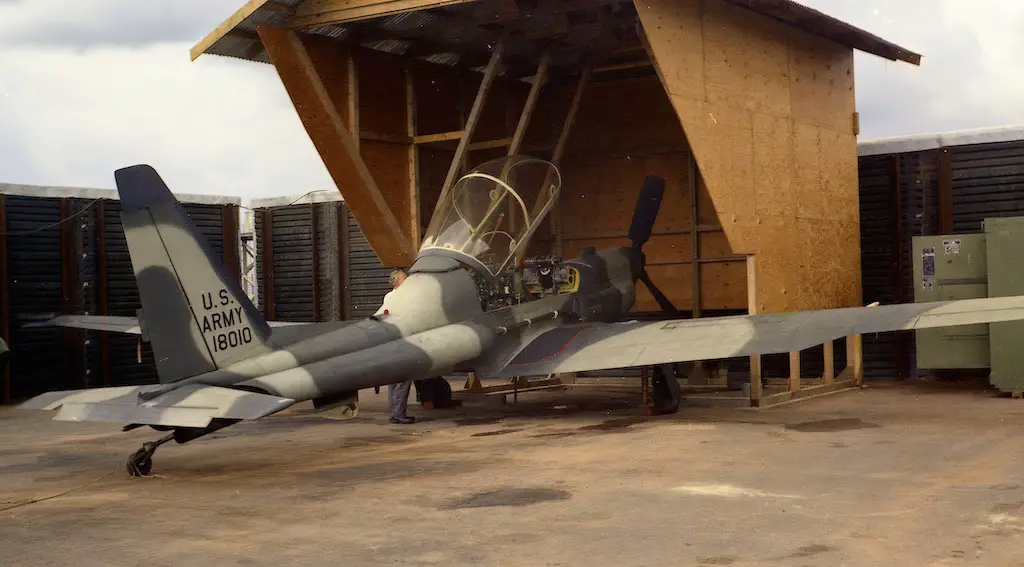
If they detected nothing more than a light flutter with no unwanted rattles or whistles, the scout proceeded with the mission. If the aircraft was not deemed silent enough, it would return to base for the maintenance crews to resolve the problem. Although three airframes were lost in crashes during the 14 months of the Quiet Star’s combat deployment, none of the aircraft were shot down or damaged by enemy action. The YO-3A’s deployment to Vietnam was no game changer, of course. Especially, given that the US troops would soon be out of the country anyway. But it was a success.
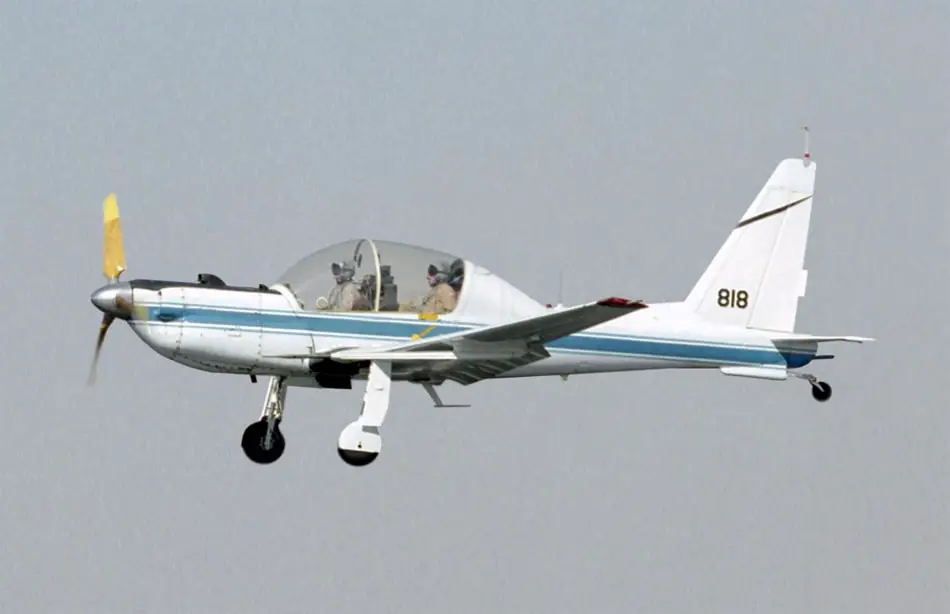
The Vietnam vet becomes a law enforcer
Following the Vietnam War, two YO-3As went to Louisiana Department of Wildlife and Fisheries, where they were used to catch poachers in the Mississippi Delta. Afterwards they were acquired by the FBI. The bureau agents employed the Quiet Stars in operations against kidnappers and extortionists. One YO-3A was operated by NASA up until 2015.

